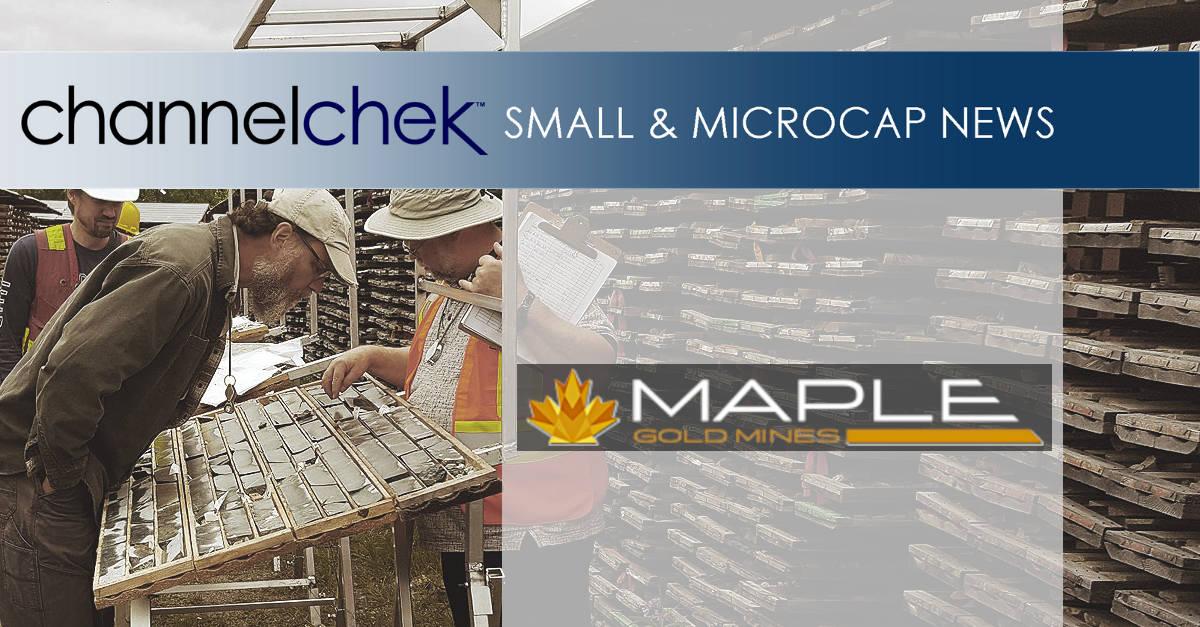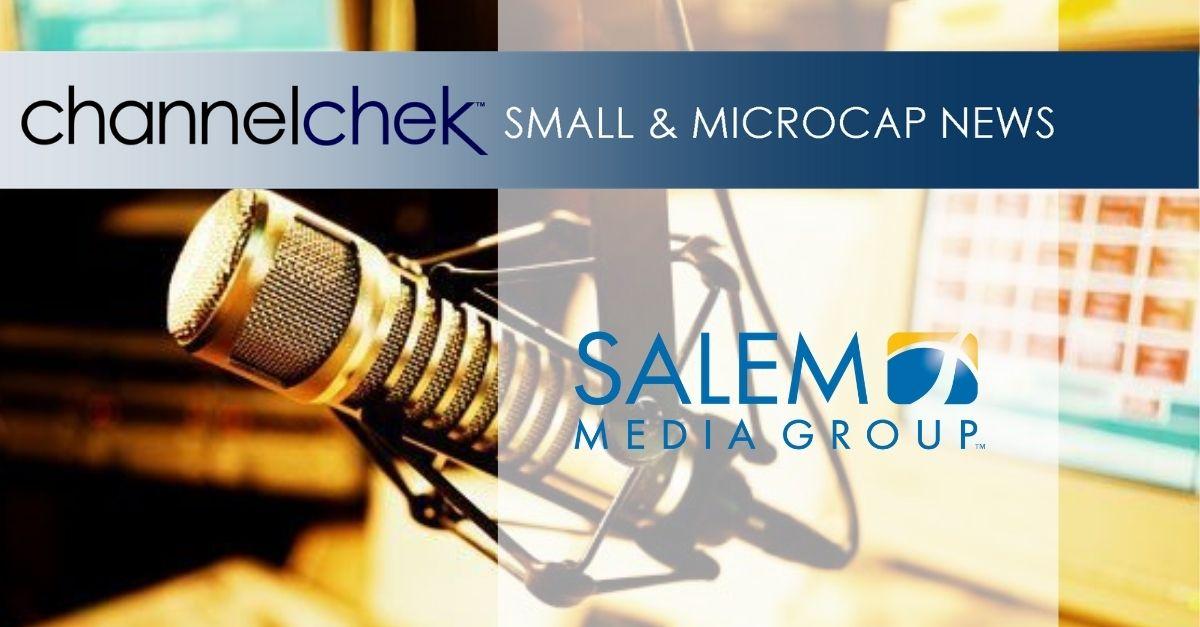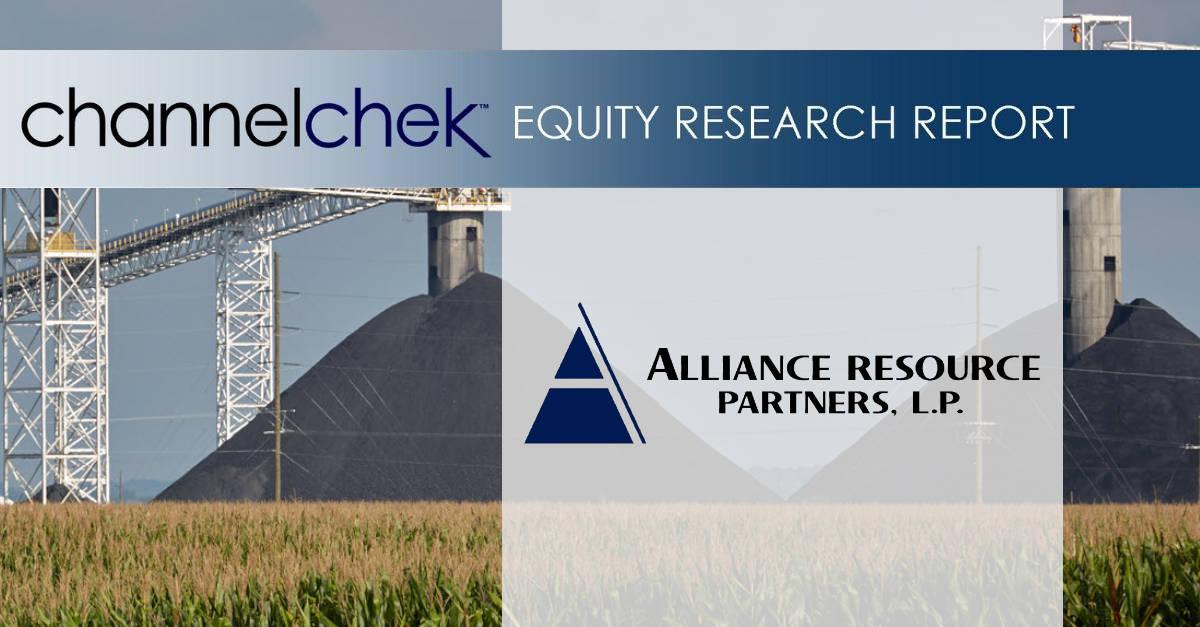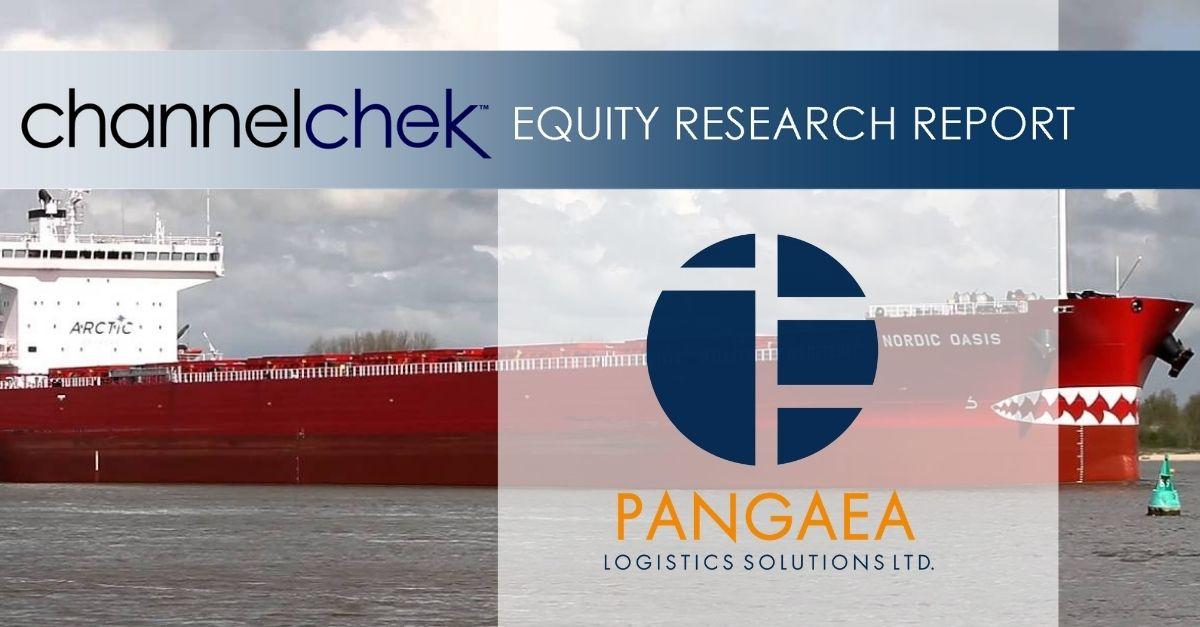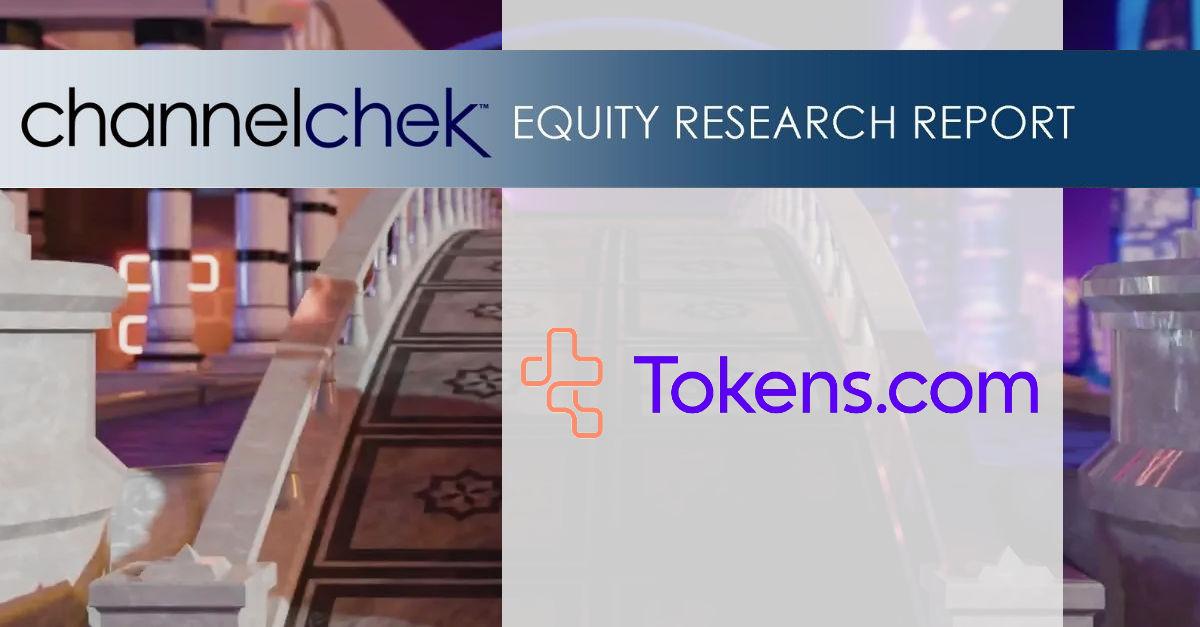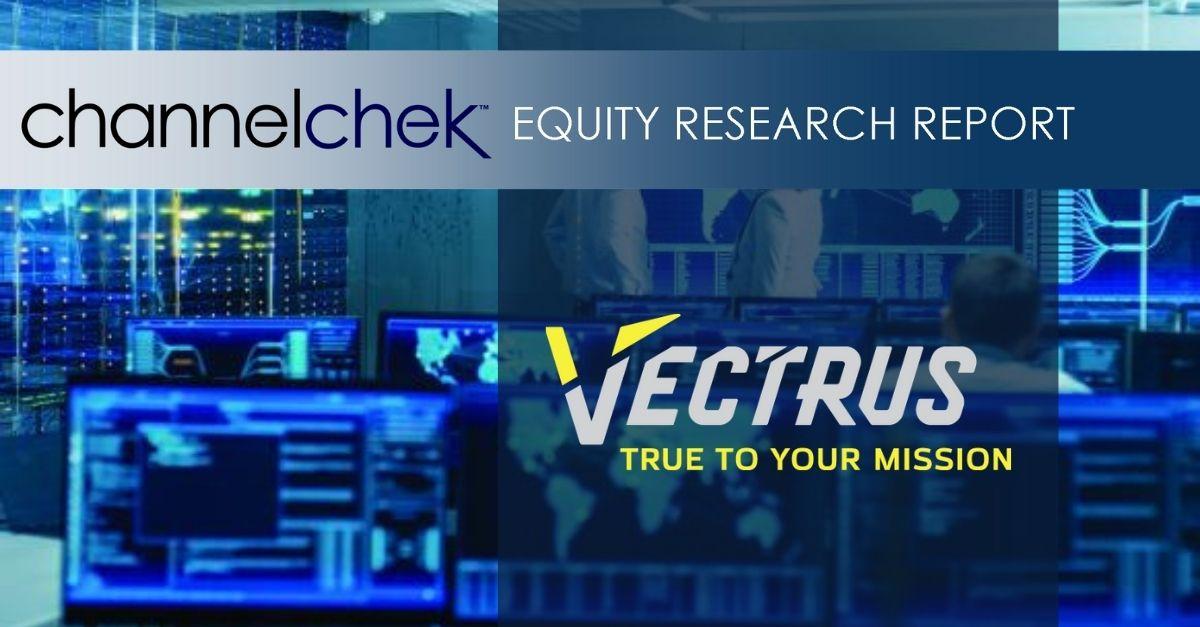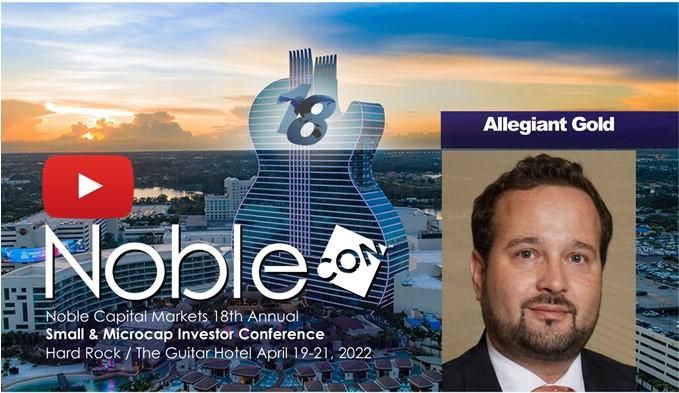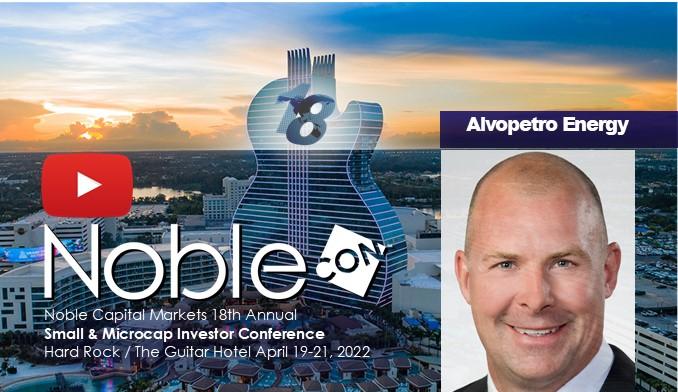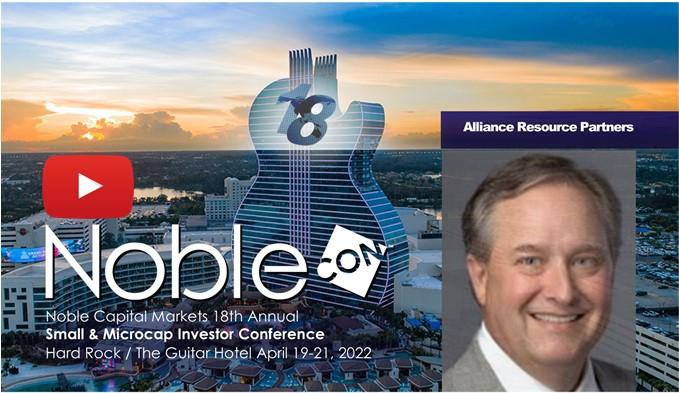Maple Gold Files Technical Report and Mineral Resource Estimate for the Douay Gold Project
Research, News, and Market Data on Maple Gold Mines
Vancouver, British Columbia–(Newsfile Corp. – May 2, 2022) –
Maple Gold Mines Ltd. (TSXV: MGM) (OTCQB: MGMLF) (FSE: M3G) (“Maple
Gold” or the “Company“) is pleased to announce that it has filed a technical report in accordance with National Instrument 43-101 –
Standards of Disclosure for Mineral Projects for the Douay Gold Project (“Douay”) and the Joutel Gold Project (“Joutel”), which are both held by a 50/50 joint venture (the “JV”) between the Company and Agnico Eagle Mines Limited. The technical report entitled “NI
43-101 Technical Report on the Douay and Joutel Projects, Northwestern Québec,
Canada” was prepared by SLR Consulting (Canada) Ltd. to support the disclosure of the updated Douay mineral resource estimate, with an effective date of March 17, 2022, and to document the exploration status of Joutel. The technical report is available on SEDAR (www.sedar.com) and on the Company’s website (www.maplegoldmines.com).
Maple Gold’s news release dated March 17, 2022, which is also available on SEDAR and the Company’s website, summarizes key results, assumptions and estimates contained in the technical report. The Company is pleased to report that there are no material differences between the key results, assumptions and estimates contained in the news release dated March 17, 2022 and the content of the technical report filed today.
Qualified Persons
The mineral resources disclosed in this news release have been estimated by Ms. Marie-Christine Gosselin, P.Geo., an employee of SLR and independent of Maple Gold Mines. By virtue of her education and relevant experience, Ms. Gosselin is a “Qualified Person” for the purpose of NI 43-101. Mineral resources have been classified in accordance with CIM Definition Standards for Mineral Resources and Mineral Reserves (May 2014). Ms. Gosselin, P.Geo. has read and approved the contents of this press release as it pertains to the disclosed mineral resource estimates.
The scientific and technical data contained in this news release was reviewed and prepared under the supervision of Mr. Fred Speidel, M. Sc., P. Geo., Vice-President Exploration of Maple Gold. Mr. Speidel is a Qualified Person under NI 43-101. Mr. Speidel has verified the data related to the exploration information disclosed in this press release through his direct participation in the work.
About Maple Gold
Maple Gold Mines Ltd. is a Canadian advanced exploration company in a 50/50 joint venture with Agnico Eagle Mines Limited to jointly advance the district-scale Douay and Joutel gold projects located in Quebec’s prolific Abitibi Greenstone Gold Belt. The projects benefit from exceptional infrastructure access and boast ~400 km2 of highly prospective ground including an established gold resource at Douay (SLR 2022) that holds significant expansion potential as well as the past-producing Eagle, Telbel and Eagle West mines at Joutel. In addition, the Company holds an exclusive option to acquire 100% of the Eagle Mine Property.
The district-scale property package also hosts a significant number of regional exploration targets along a 55 km strike length of the Casa Berardi Deformation Zone that have yet to be tested through drilling, making the project ripe for new gold and polymetallic discoveries. The Company is well capitalized and is currently focused on carrying out exploration and drill programs to grow resources and make new discoveries to establish an exciting new gold district in the heart of the Abitibi. For more information, please visit
www.maplegoldmines.com.
Cautionary Note Regarding Mineral Resource Estimate
Readers are cautioned that mineral resources are not mineral
reserves and have not demonstrated economic viability. The mineral resource
estimate is classified in accordance with the Canadian Institute of Mining,
Metallurgy and Petroleum’s “CIM Definition Standards on Mineral Resources
and Mineral Reserves” incorporated by reference into National Instrument
43-101 – Standards of Disclosure for Mineral Projects. There is no guarantee
that any part of the mineral resources discussed herein will be converted into
a mineral reserve in the future.
ON BEHALF OF MAPLE GOLD MINES LTD.
“Matthew Hornor”
B. Matthew Hornor, President & CEO
For Further Information Please Contact:
Mr. Joness Lang
Executive Vice-President
Cell: 778.686.6836
Email:
jlang@maplegoldmines.com
Mr. Kiran Patankar
SVP, Growth Strategy
Cell: 604.935.9577
Email:
kpatankar@maplegoldmines.com
NEITHER THE TSX VENTURE EXCHANGE NOR ITS REGULATION SERVICES
PROVIDER (AS THAT TERM IS DEFINED IN THE POLICIES OF THE TSX VENTURE EXCHANGE)
ACCEPTS RESPONSIBILITY FOR THE ADEQUACY OR ACCURACY OF THIS PRESS RELEASE.
Forward Looking Statements:
This press release contains “forward-looking information” and “forward-looking statements” (collectively referred to as “forward-looking statements”) within the meaning of applicable Canadian securities legislation in Canada, including statements about exploration work and results from current and future work programs. Forward-looking statements are based on assumptions, uncertainties and management’s best estimate of future events. Actual events or results could differ materially from the Company’s expectations and projections. Investors are cautioned that forward-looking statements involve risks and uncertainties. Accordingly, readers should not place undue reliance on forward-looking statements. For a more detailed discussion of such risks and other factors that could cause actual results to differ materially from those expressed or implied by such forward-looking statements, refer to Maple Gold Mines Ltd.’s filings with Canadian securities regulators available on www.sedar.com or the Company’s website at www.maplegoldmines.com. The
Company does not intend, and expressly disclaims any intention or obligation
to, update or revise any forward-looking statements whether as a result of new
information, future events or otherwise, except as required by law.
